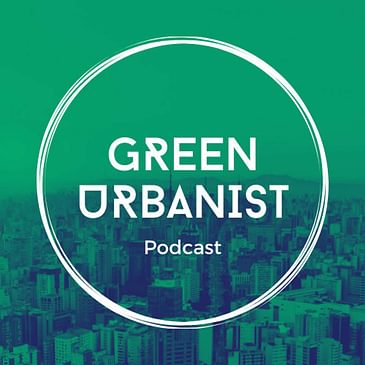Alexandra Steed is a passionate landscape architect with a deep commitment to art, sustainability, and the transformative power of landscapes.
We talk about:
- Her new book: Portrait to Landscape
- How to restore landscapes on a large scale to build climate resilience and biodiversity
- How The UK's Environment Act and Biodiversity Net Gain are working in reality
- Project case studies and book recommendations.
Learn more:
Alexandra Steed URBAN: https://alexandrasteedurban.com/
Book: Portrait to Landscape: https://alexandrasteedurban.com/project/portrait-to-landscape-a-landscape-strategy-to-reframe-our-future/
Thanks for listening!
Join the Green Urbanist Weekly newsletter: Substack
Support the Podcast by Donation


